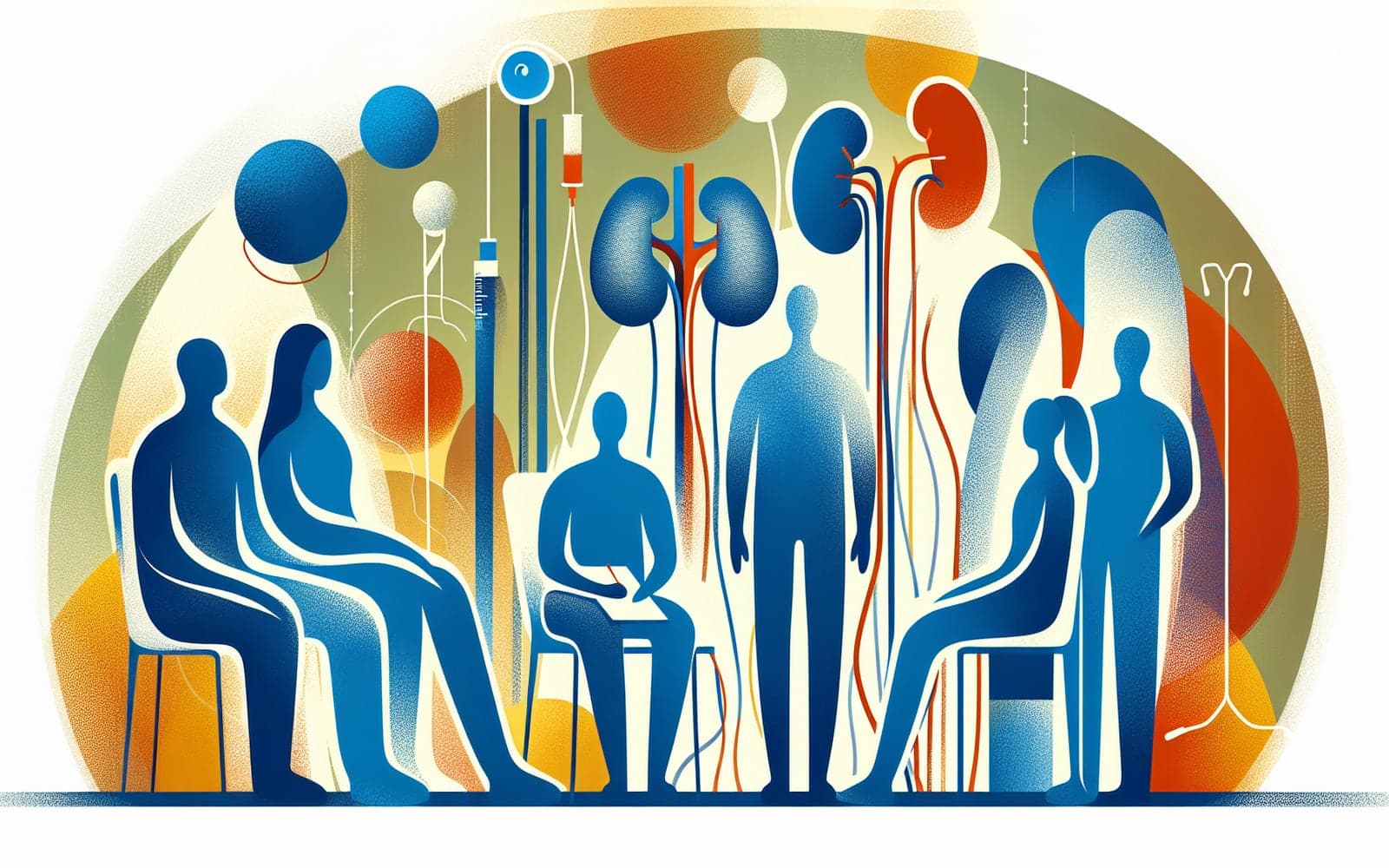Treating Unilateral Renal Artery Stenosis: Medical Therapy vs. Revascularization
Published: Dec 04, 2023

Medically reviewed by Alan Lucks | MD, Alan Lucks MDPC Private Practice - New York on December 4th, 2023.
When it comes to treating unilateral renal artery stenosis, doctors face a challenging decision: should they use medications alone or combine them with a procedure to open the narrowed artery? This choice can have significant impacts on a patient's blood pressure and kidney function.
Contents
Medical Therapy: The First Line of Defense
Medical therapy is the cornerstone of treatment for unilateral renal artery stenosis. Doctors typically prescribe medications to control blood pressure and reduce the risk of complications. ACE inhibitors and ARBs are often the drugs of choice, as they can effectively lower blood pressure and protect kidney function. Other medications may include diuretics, calcium channel blockers, or beta-blockers, depending on the patient's specific needs.
Revascularization: Opening the Artery
Revascularization procedures aim to physically open the narrowed renal artery. The most common method is percutaneous transluminal renal angioplasty (PTRA), often combined with stenting. During this procedure, a small balloon is inflated inside the artery to widen it, and a stent may be placed to keep it open. Surgical options, such as bypass grafting, are less common but may be necessary in complex cases.

Weighing the Options
The decision between medical therapy alone and revascularization is not always clear-cut. Recent studies have shown that for many patients, medical therapy can be just as effective as revascularization in controlling blood pressure and preserving kidney function. However, certain patients may benefit more from revascularization, such as those with recent onset of high blood pressure, uncontrolled hypertension despite multiple medications, or recurrent flash pulmonary edema.
Frequently Asked Questions
Not always; effectiveness depends on individual patient factors.
Yes, including potential complications like bleeding or artery damage.
It can vary, but improvements may be seen within weeks to months.
Yes, healthy diet and exercise can support overall treatment effectiveness.
Key Takeaways
The best treatment approach for unilateral renal artery stenosis depends on each patient's unique situation and should be decided through careful consultation with healthcare providers.
Wondering which treatment option might be best for you? Consult with Doctronic, the AI doctor, to explore your personalized treatment possibilities.Related Articles
References
Cooper CJ, Murphy TP, Cutlip DE, et al. Stenting and medical therapy for atherosclerotic renal-artery stenosis. N Engl J Med 2014; 370:13.
ASTRAL Investigators, Wheatley K, Ives N, et al. Revascularization versus medical therapy for renal-artery stenosis. N Engl J Med 2009; 361:1953.
This article has been reviewed for accuracy by one of the licensed medical doctors working for Doctronic. Always discuss health information with your healthcare provider.

